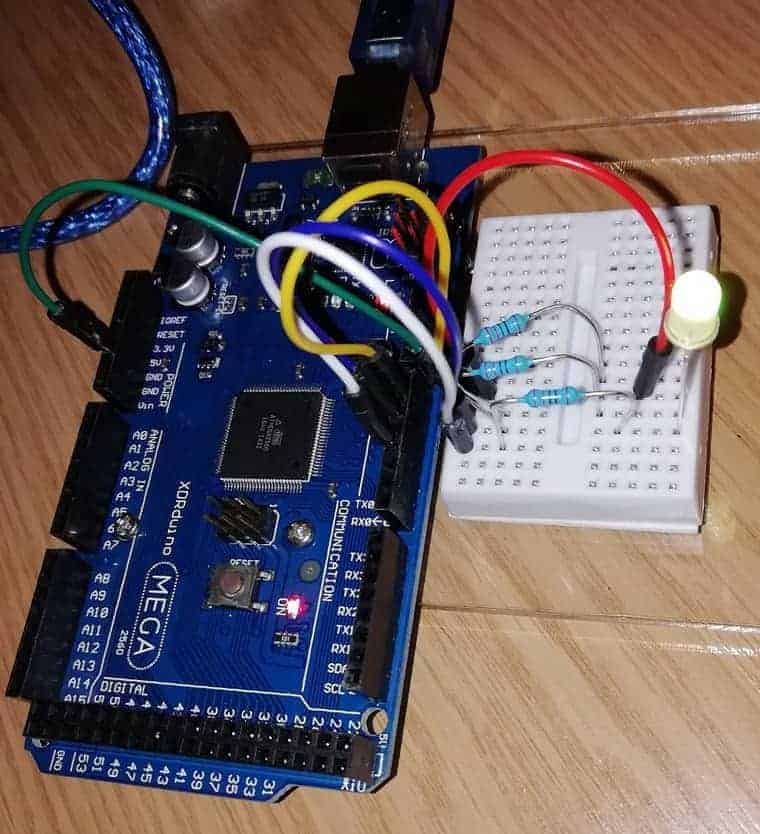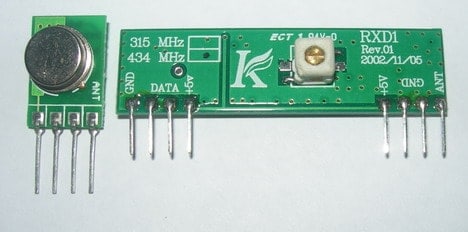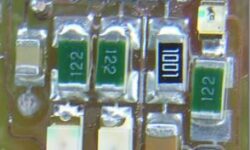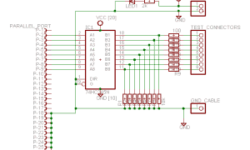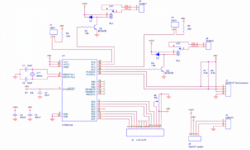Adding external memory to Atmega128

Atmega128 is equipped with internal 4Kbytes of SRAM memory. Is it enough? Well, it depends on what project it’s going to hold. If your project must deal with loads of data or run more extensive RTOS code, you will run out of RAM pretty soon. Atmega128 microcontroller has an external memory interface built-in, which allows expansion of RAM up to 64 Kbytes. With that, you could do much more. I used the Piconomic Atmega128 development board to test things out, which has an XMEM interface header brought out. All we need is to make an XMEM expansion board with some SRAM memory. I’ve chosen a standard 8Kx8 (8Kbytes) memory chip from Alliance Memory Inc. I could use 64Kx8, but this is what I had at the moment. To drive the memory chip, I’ve used a 74HC573 non-inverting latch. As you may know, the latch is used for pins that share the same pins for address and data buses. To access SRAM contents, we need to select a 16-bit address pointing to an 8-bit data cell in the chip. As we are using an 8Kx8 memory chip, we are going to use only 13Address lines. The microcontroller has dedicated pins for…






